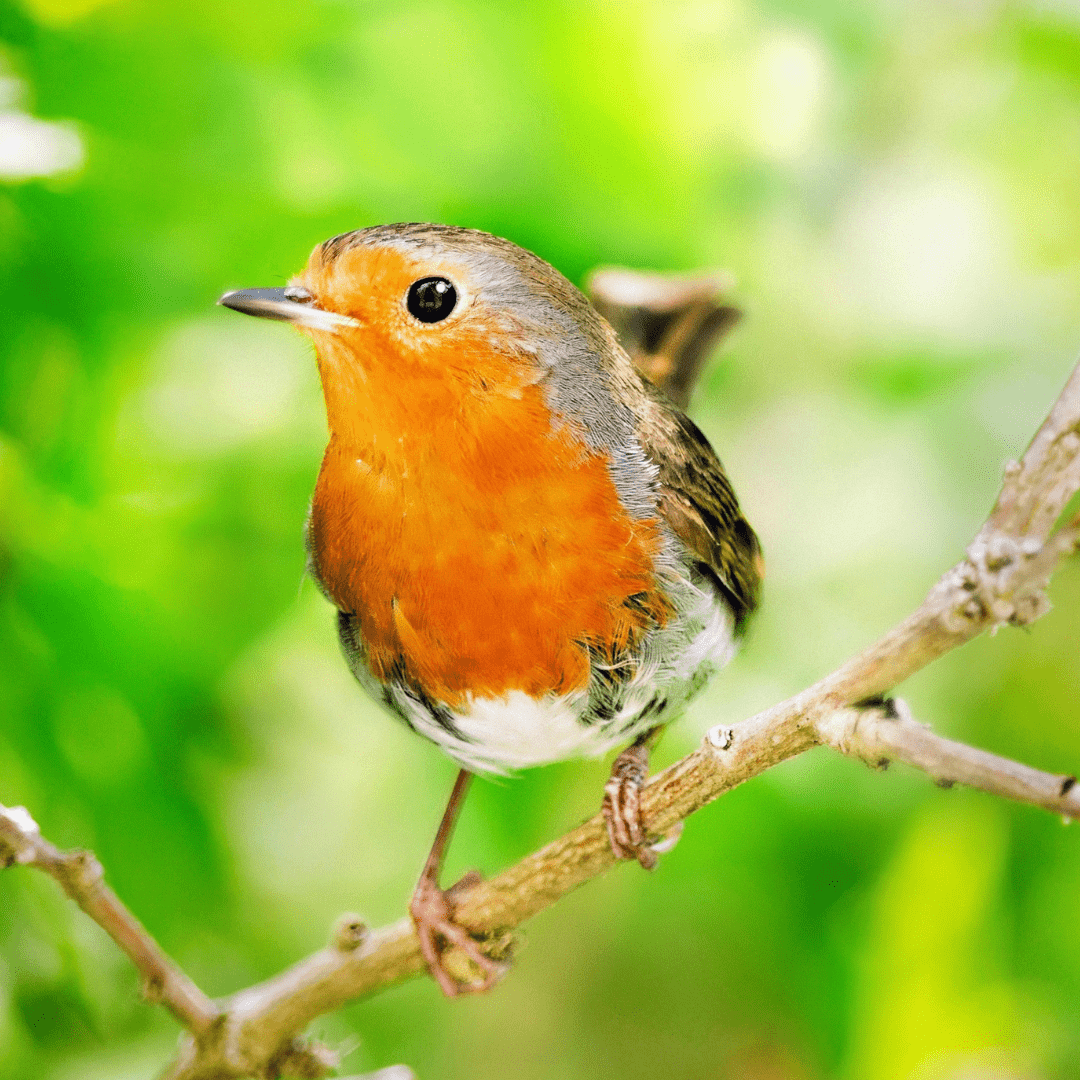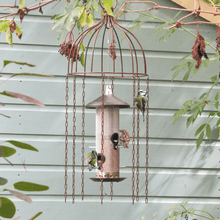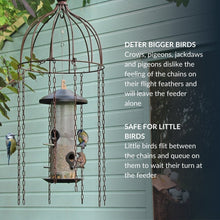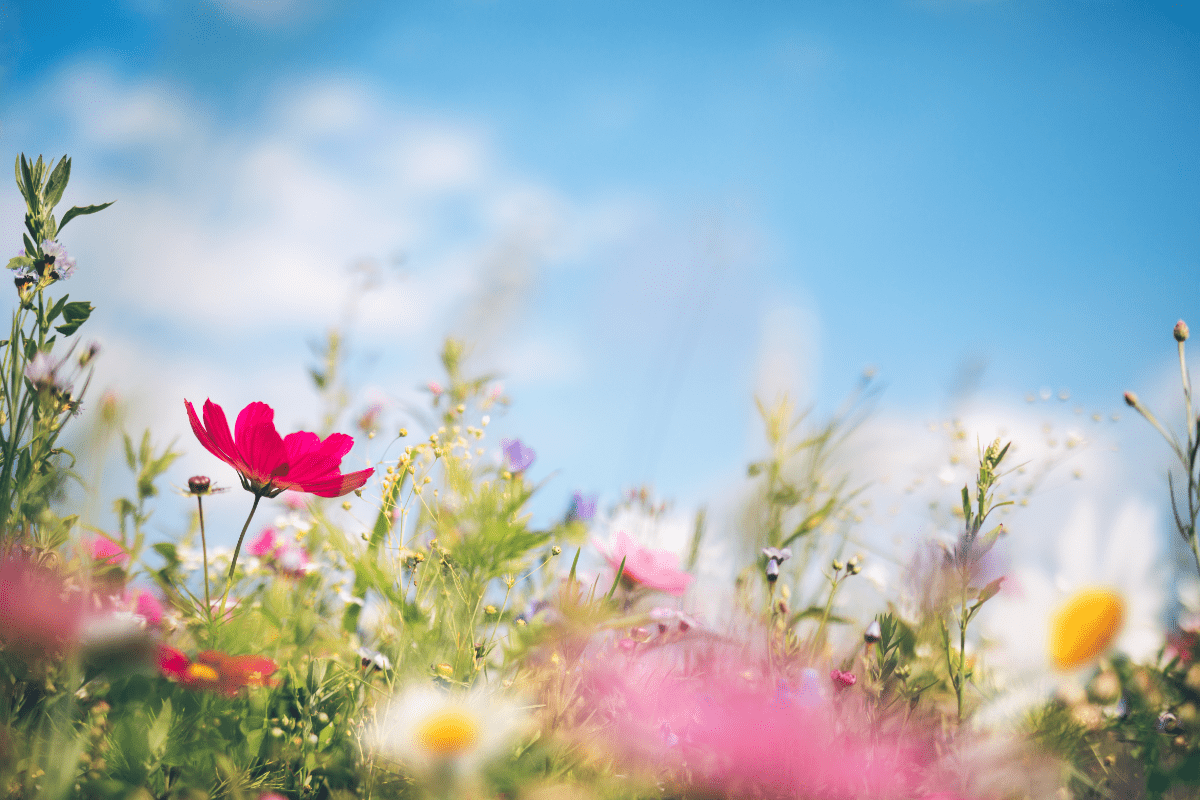A Garden Birdwatcher’s Guide to the Great Tit
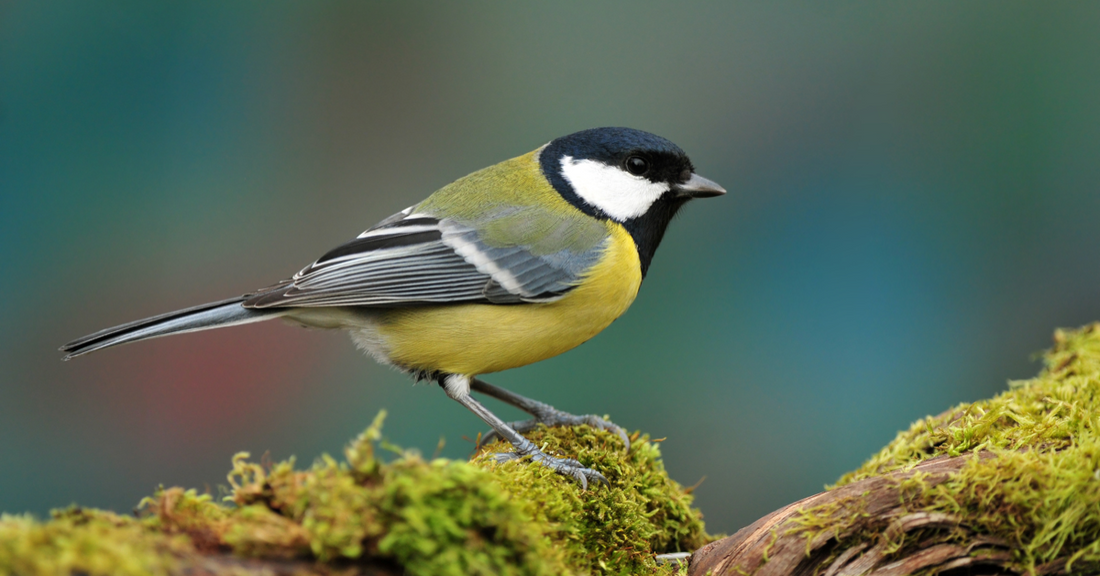
Great tits are some of the most frequently spotted birds at feeders. These intelligent woodland birds have readily adapted to our gardens, happily making themselves at home in our nest boxes (some have been found building their nests in a post box!) and feasting at our bird tables where they will fight off smaller birds to get access to food. Great tits are sedentary birds, rarely moving far from the territory they were born into and staying put throughout the colder months. They eat butterflies, beetles, spiders and small hibernating bats in Summer and go for seeds and berries in winter, and they use a technique known as “hold-hammering” to break their way into food. Nuts and insects are pinned down using the feet and the great tit will strike at the food with their bill to remove unwanted parts. They are well known for their two- note “tee-chu” song of which there are forty variations, and the males with the biggest vocal repertoire generally have the most luck with the ladies. During nesting season, the male will seek out a selection of nesting spots for his mate to choose from, and the pair will often re-use the same area in subsequent years. Although great tits are socially monogamous, some of the female’s 5-11 eggs will be fathered by other males. Great tits monitor sunlight levels and temperature to carefully time their nesting to coincide with caterpillar hatching to ensure plenty of food for their young, and the male and female work together to keep the chicks well fed and the nest clean before they fledge after around twenty days.
If you aren’t sure how to distinguish between a great tit and a blue tit, take a look at the size, behaviour and colouring. Great tits are larger than blue tits and in our garden I find they are less skittish in their movements. Great tits have a black head (the blue tit has a bright blue cap and a blue-black stripe across the eyes), and great tits have a wide, black stripe down their centreparts.
Ready to deepen your connection with the birds in your garden? Discover more about your feathered friends and how to attract them to your space with Amidst the Birdsong: A Garden Birdwatcher's Journal. This beautifully crafted journal is the perfect companion for anyone looking to observe and learn about the birds visiting their garden. Start your birdwatching journey today – click here to learn more.




